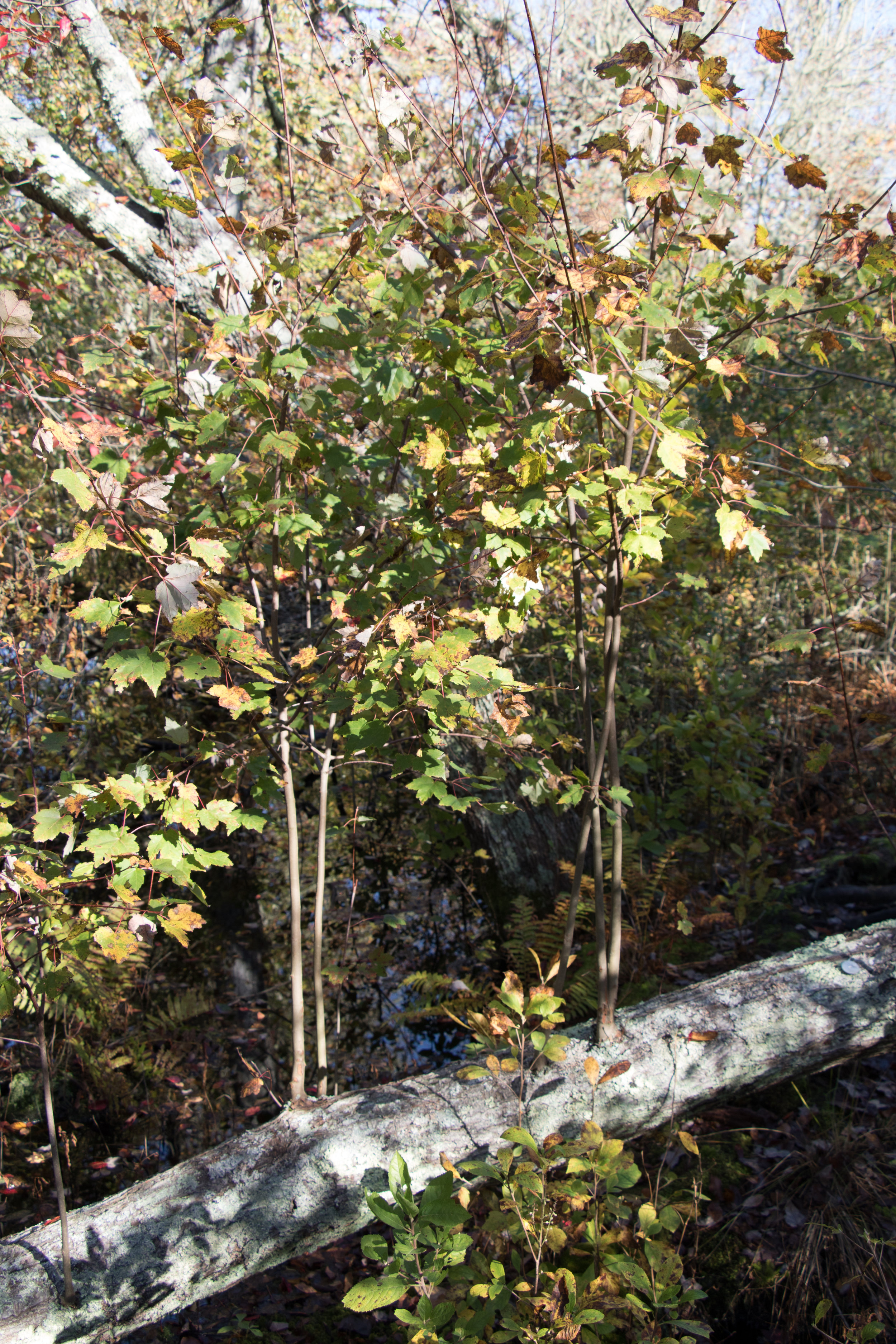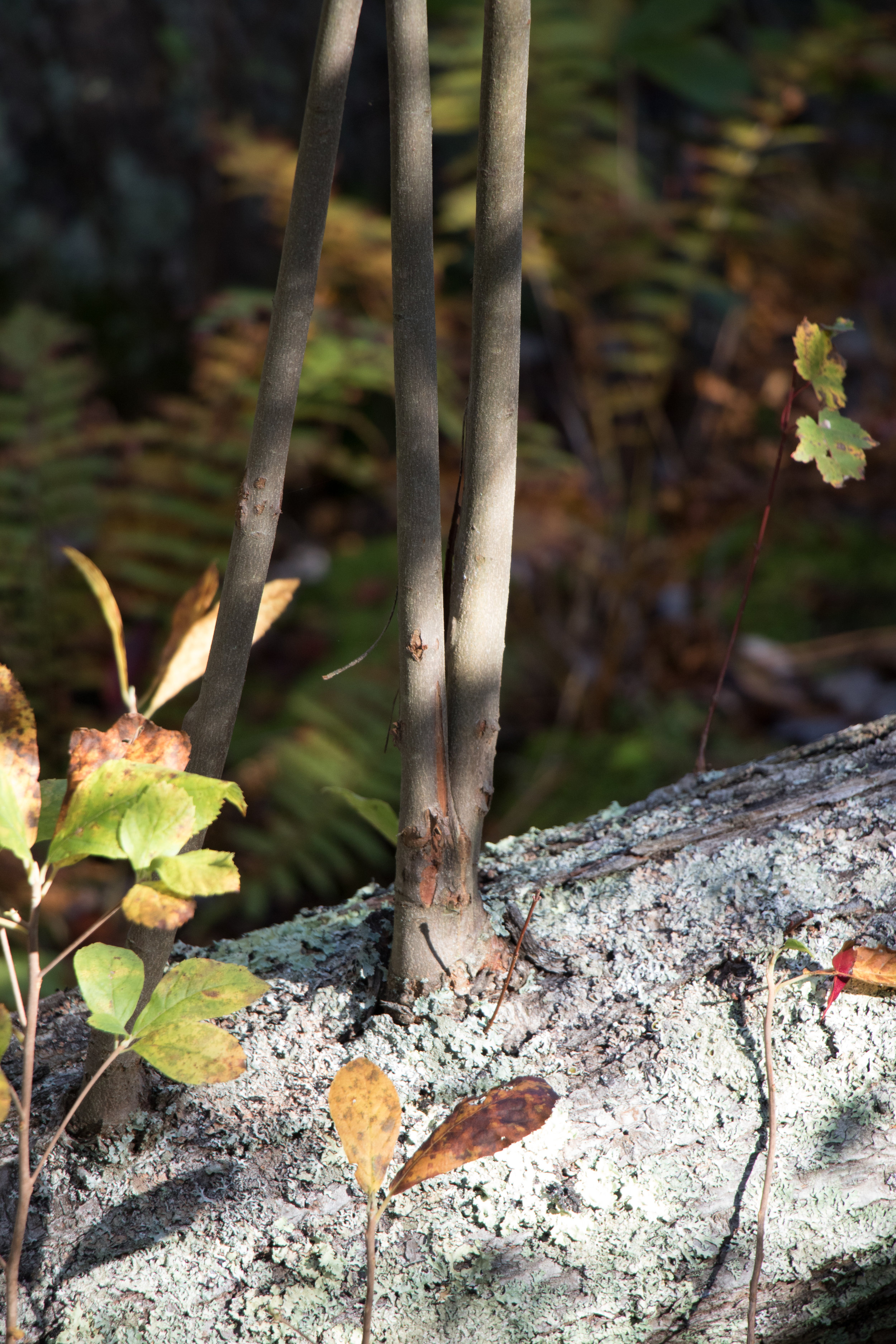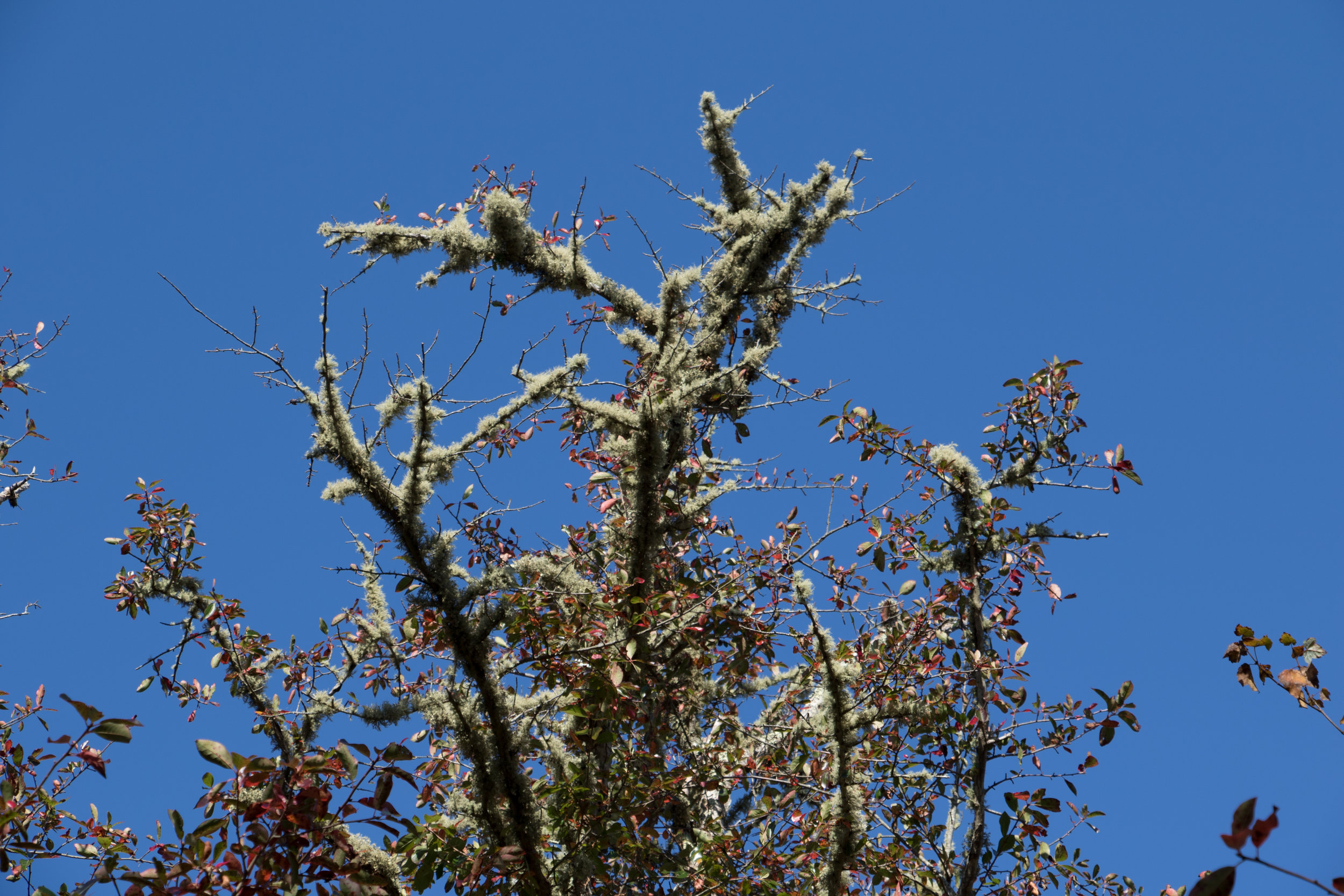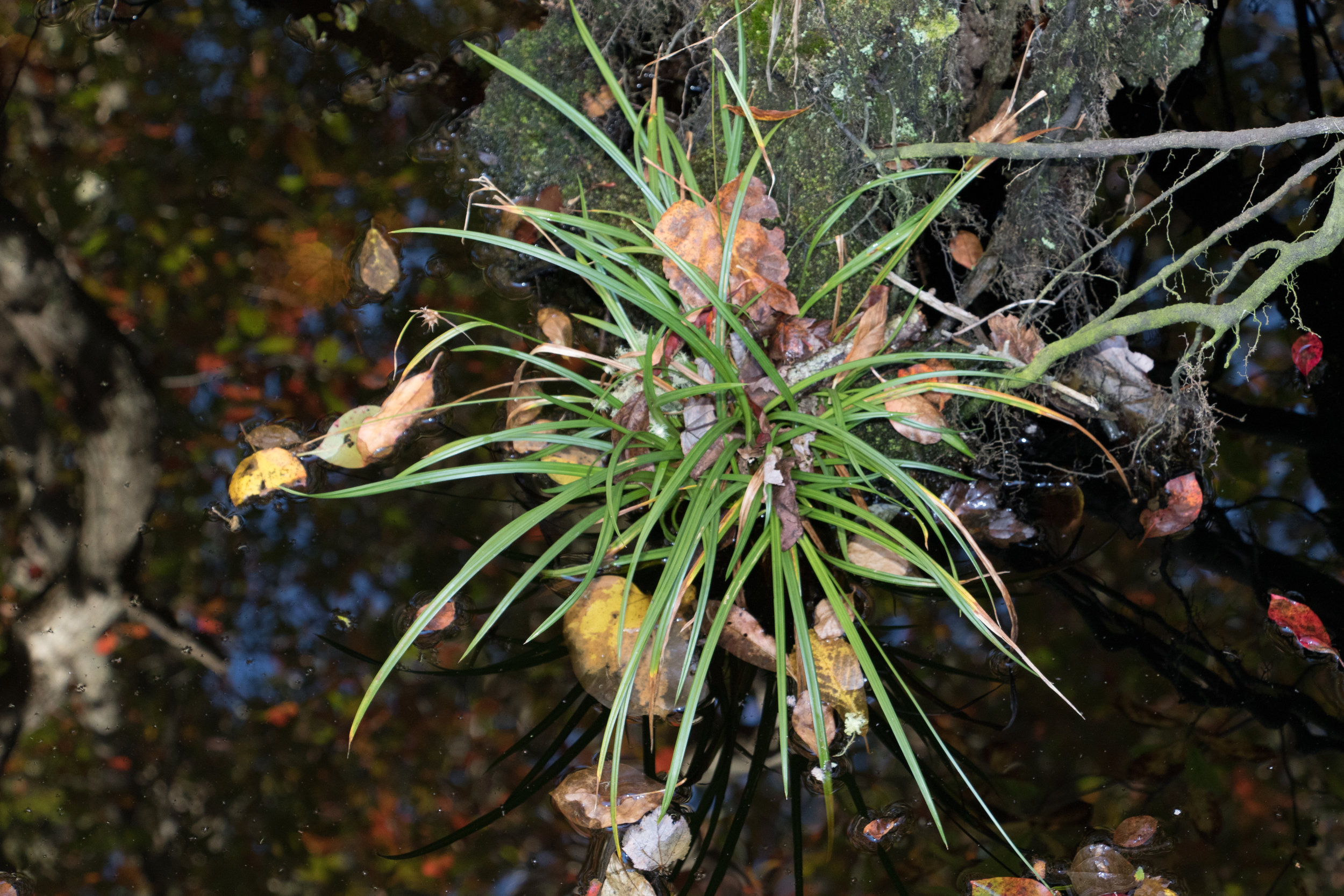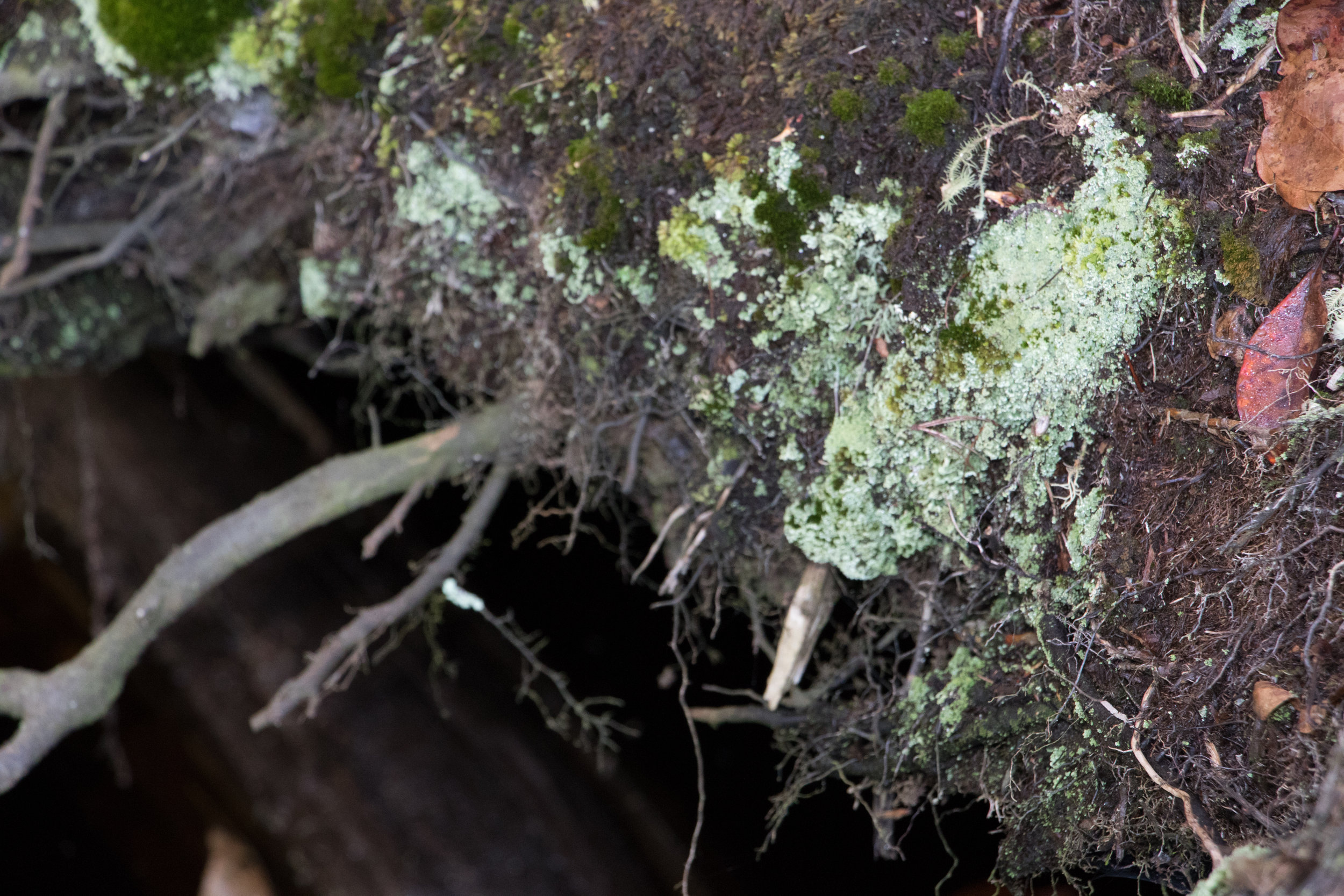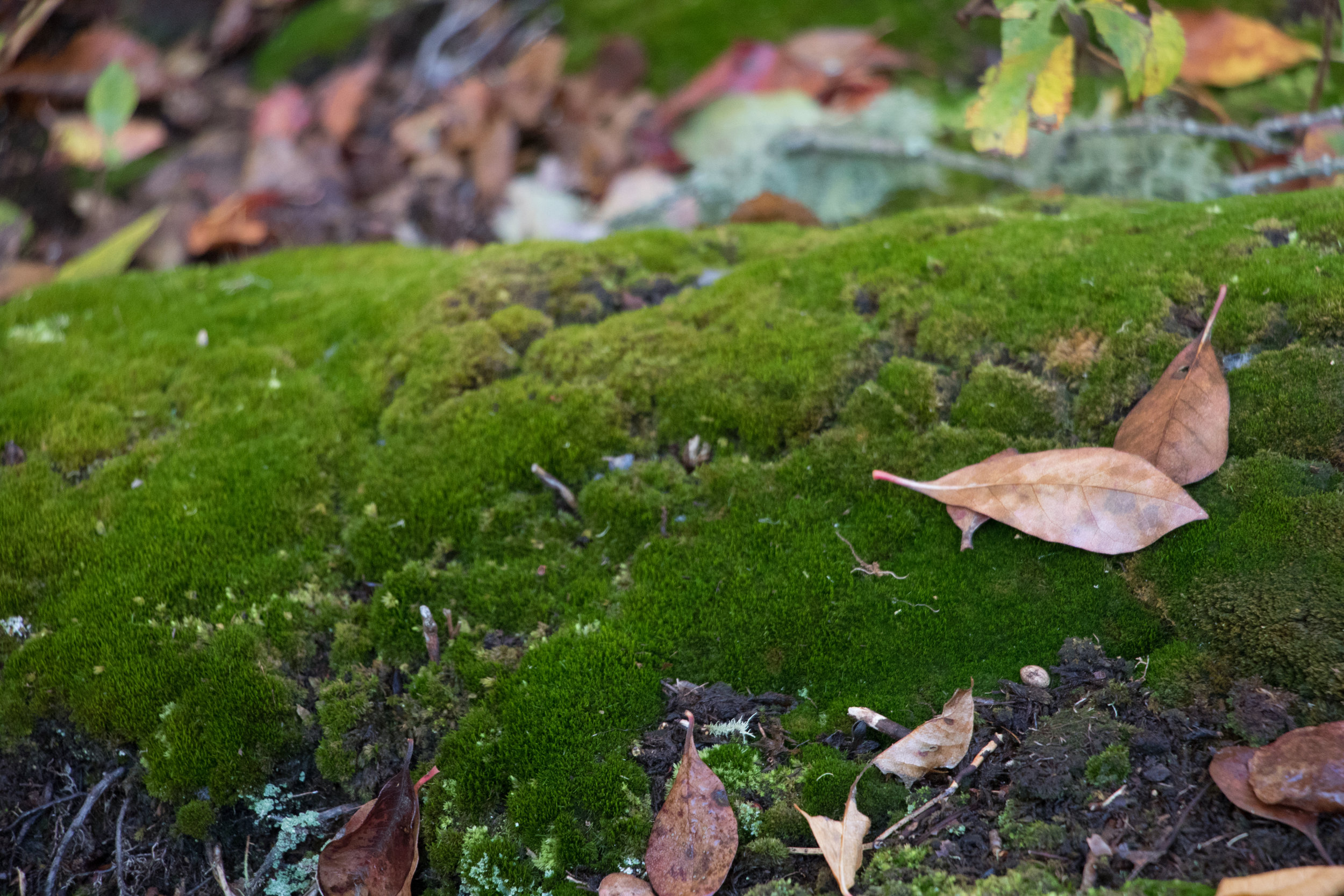Swamp Adventures
For many years, when I thought of swamps, I thought of great boggy monsters covered in slime, of massive snakes slithering along, leaving nothing but fear in their wake, of murky water slathered in green algae. I also thought of other places. Swamps were in the south. Swamps were in mysterious, undisclosed locations.
Swamps for me are places of imagination: where scary things happen. I think much of this was influenced by movies and books where a "swamp setting" made for fantastic fiction!
As an explorer, however, I've found that swamps make for great adventures because there is so much life happening right there before your eyes! And, swamps are everywhere! One of my favorite swamps is in an unlikely place: Cape Cod, Massachusetts. I think of Cape Cod as all ocean and wave, but it's also dark wood and swamp still water.
On a recent adventure to Red Maple Swamp in Cape Cod, I took this picture:
Red Maple Swamp, Cape Cod. Photo Credit: Liz Summit, 2017
So this is a rather pretty picture of some fall trees... or is it? What happens when we start to think about how swamps work?
A swamp is a kind of wetland--one of the ways we classify land. Wetlands are not entirely water, like a lake or a river. But, they are not entirely land either: they have pockets of still water. No matter the weather: rain, sleet, snow, or hot, humid, dry & sunny, swamps are, by definition, almost always wet, but the water levels vary. When it rains, swamps soak up the water which helps nearby land to stay dry (think of how a sponge soaks up water and keeps it inside). Different than a lake or a stream, the swamp is filled with tiny little islands of have trees.
So, let's look again and break down all of the different parts of that original picture:
More than just a pretty picture, my first picture shows more than I thought in the beginning. In this one photo you can see trees, moss, lichen, grass, and a root system (plus water!). Working together, this creates a swamp. And, today, scientists know that swamps do important work. Not only do they soak up water to prevent flooding in other areas, they also help to clean the water. The roots from the trees and plants suck up whatever is in the water--good and bad--to clean the water. Eventually, that water soaks back into the soil and becomes part of what we know as "ground water," an important source for healthy drinking water, water that refills lakes and ponds, and water that is used to irrigate our plants and crops for food. So, next time you think about a "swamp setting," think about all of the cool ways swamps help our world with clean water (and a neat place for mysterious adventures).
Cool swamp words:
Kettle-hole: Red Maple Swamp is actually a kettle-hole swamp. That means it was formed long ago when a glacier melted. Basically, the kettle-hole is the hole left behind after the glacier melted!
Decay: a natural process of change where something gradually decomposes (falls apart, "rots"). In the swamp, this leads to new life. A tree log decays, but a new tree grows out of the nutrients left behind.
Beard Lichen: a kind of moss that grows on trees (see above) that looks like a beard! (Beard lichen is the common term for several different kinds of moss).



